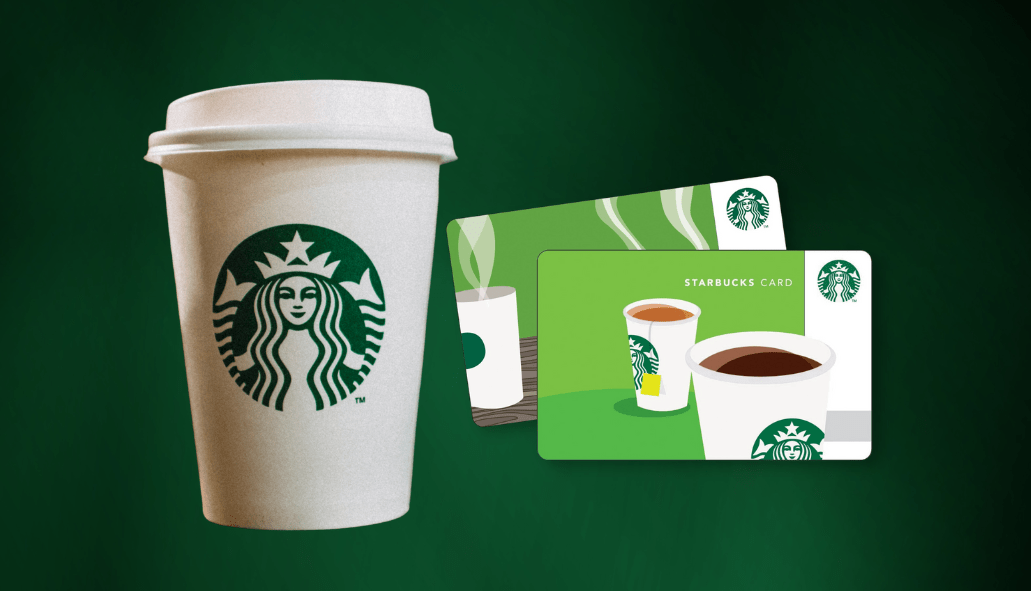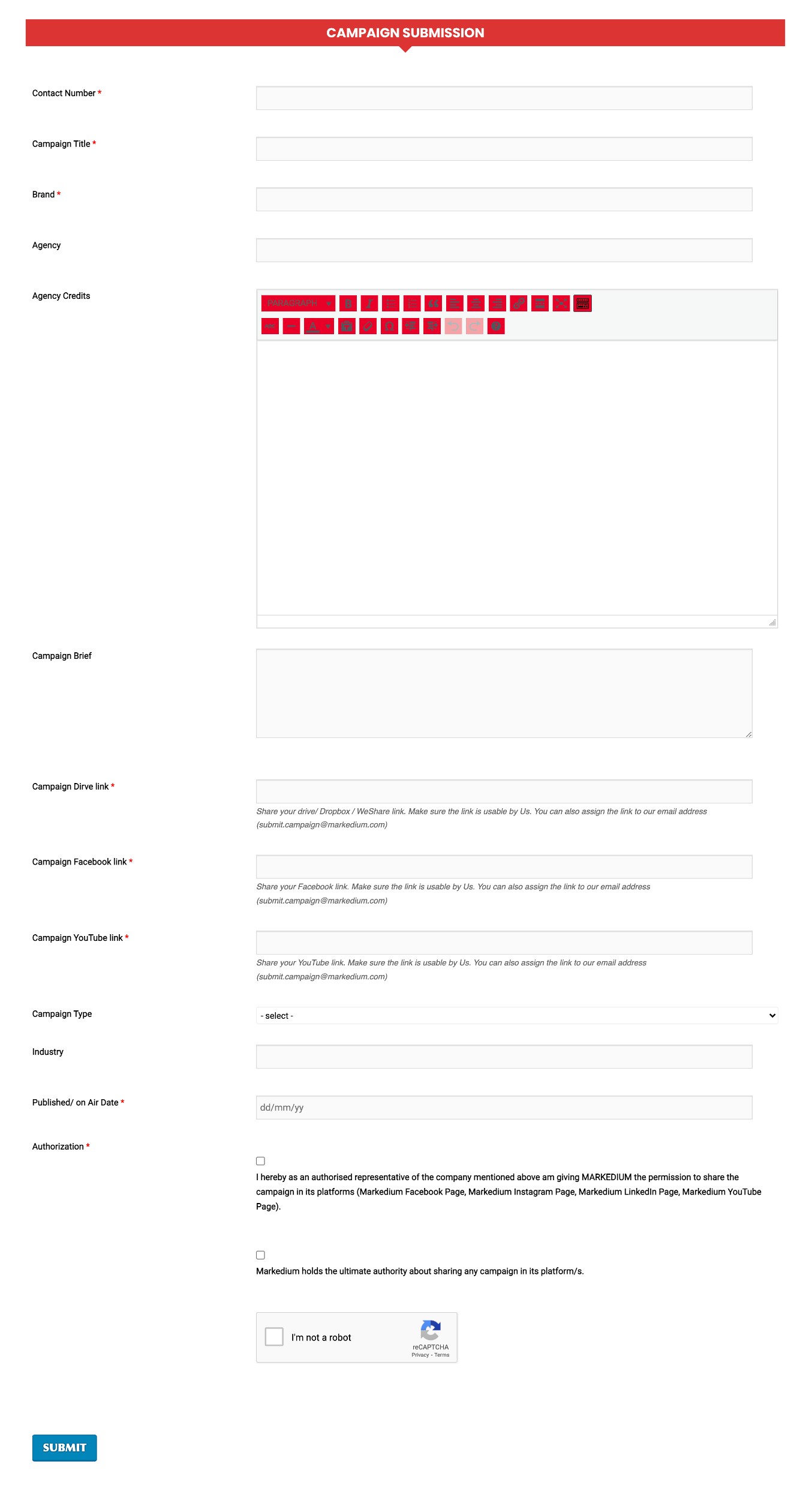
Starbucks: Brewing Billions Beyond Coffee Operating Like A Bank!3 min read
Starbucks, the renowned coffeehouse chain, has managed to amass a staggering $1.8 billion in customer funds through its rewards program as of April 2. To put this in perspective, if Starbucks were classified as a bank, it would surpass 90% of the banks overseen by the US FDIC in terms of deposit size.
The journey began in 2001 when Starbucks introduced the Starbucks Card. This card, initially a prototype for employees, soon became a public sensation. Within its debut year, users deposited over $2.4 billion into the Starbucks card. As the years progressed, this card transformed into the Starbucks Gold Card, offering exclusive benefits to dedicated customers.
Read more: Big Oil Shakeup: Chevron’s $53 Billion Acquisition of Hess Corporation
By 2009, the brand combined its various card initiatives into the “My Starbucks Rewards” program, accompanied by a mobile app that allowed users to manage their balances and transactions.
Starbucks didn’t stop there. They ventured into the realm of mobile payments in the U.S. by partnering with Square, a move that streamlined the payment process for customers. This partnership was solidified when Starbucks invested $25 million in Square in 2012.
Later, the coffee giant collaborated with J.P. Morgan’s Chase Commerce Solutions for payment processing and introduced a novel store concept, “Starbucks Pickup with Amazon Go,” allowing pre-paid orders without checkouts.

Internationally, Starbucks made waves too. In the UK, they teamed up with Barclaycard for contactless payments. In Japan, they launched a unique NFC-enabled pen for easy payments. In the Middle East, they promoted Apple Pay in collaboration with Visa. Their global outreach also saw partnerships with Grab in Southeast Asia and MoMo e-wallet in Vietnam.
Starbucks also dipped its toes into the cryptocurrency world. In 2018, they partnered with Microsoft to accept cryptocurrency payments. By 2021, they were facilitating Bitcoin payments in the U.S. through the Bakkt wallet.
As of the recent data from 2023, the Starbucks app has a whopping 31 million active users. Customers can load funds using various methods, including Starbucks gift cards and Apple Pay. Purchases through the app earn users loyalty points, or “Stars,” which can be redeemed for various rewards. The brilliance of this system is that users get extra points when they pay using the app’s stored funds.
This strategy has proven immensely successful.
The unspent money on the app, termed “stored value card liability and current portion of deferred revenue,” reached $1.8 billion in a recent quarter. This vast sum acts as interest-free capital for Starbucks. Additionally, some funds on gift cards are never used, leading to what’s known as “breakage revenue.” For Starbucks, this amounted to nearly $196 million in the past fiscal year.
While this is less than 1% of their annual net revenue, it’s essentially pure profit.
Another advantage for Starbucks is the reduction in payment processing fees when customers use the app’s stored funds.
Given its innovative approach to amassing customer deposits through loyalty and trust, many now view Starbucks as a ‘neobank’ or even an ‘unregulated bank’.
What’s your thought? Let us know in the comments and for more updates, be with Markedium.


